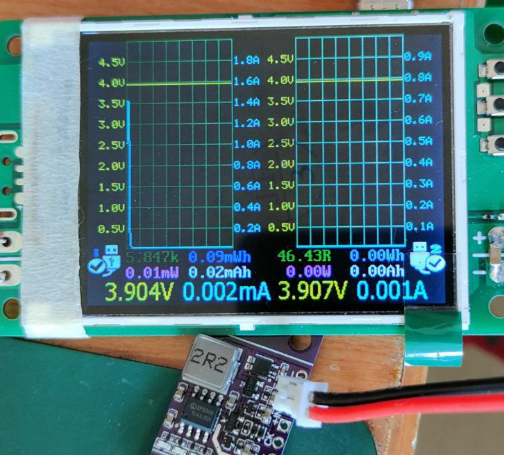
Using the integrated IP5306 chip, combined with peripherals achieving a 0 standby current 2A charging module + 4 LED battery level display. Compared to traditional TP4056 linear charging chips, it has several advantages: lower heat generation during switch charging, higher charging current, faster overall charging speed, and avoids the prolonged slow charging typical of TP chips in the latter stages. It also includes a built-in battery level display. However, due to the static current of such chips natively mounted on batteries being 100uA or more, they are not suitable for long-term storage of built-in batteries. When used as a charging module, this solution achieves 0 static current, making it suitable for retrofitting various devices with built-in lithium batteries, such as mosquito swatters.
LEDs can be surface-mounted, directly inserted, or soldered separately, making them suitable for different scenarios.
Since these chips come in fixed current versions, the charging current cannot be adjusted. For devices with smaller batteries, P2P chips can be replaced to reduce current. Adaptive current charging allows for the use of charging heads with different output currents when the battery has no current restrictions, whether large or small.
IP5306: 2.1A
IP9315: 1.5A
IP5305: 1.2A
Instructions for use:
Based on the IP5306's 4-LED charging board, it can be inserted into various devices that need charging modifications.
It features a 4-LED battery level display, a button switch, battery input, boost output, and power input.
Integrated protection board.
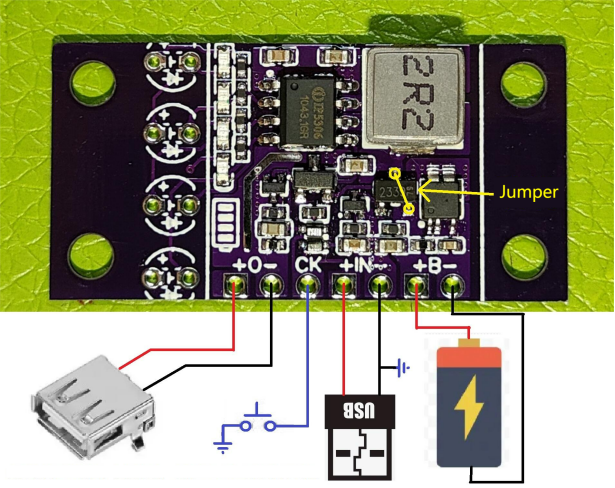
If using USB output, short-circuit jumper to achieve around 100uA standby current.
Schematic diagram.
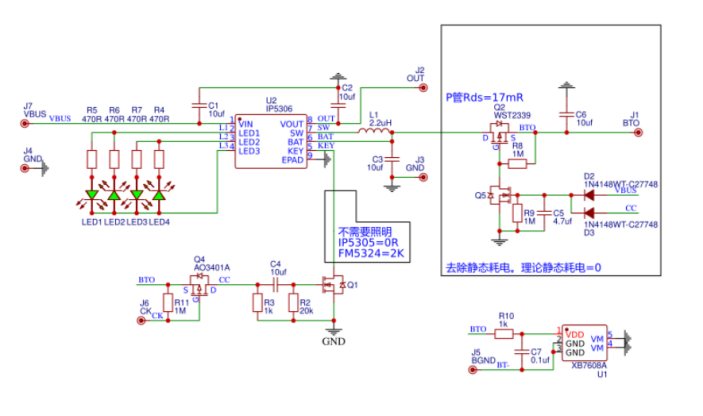
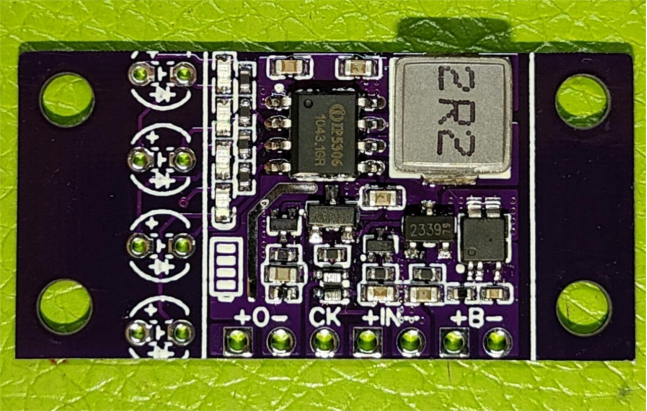
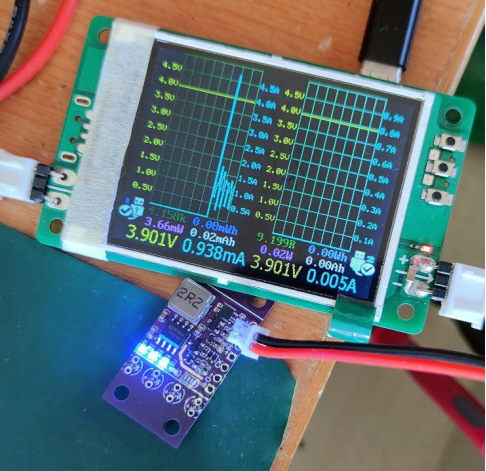
Static current of the protection board.
